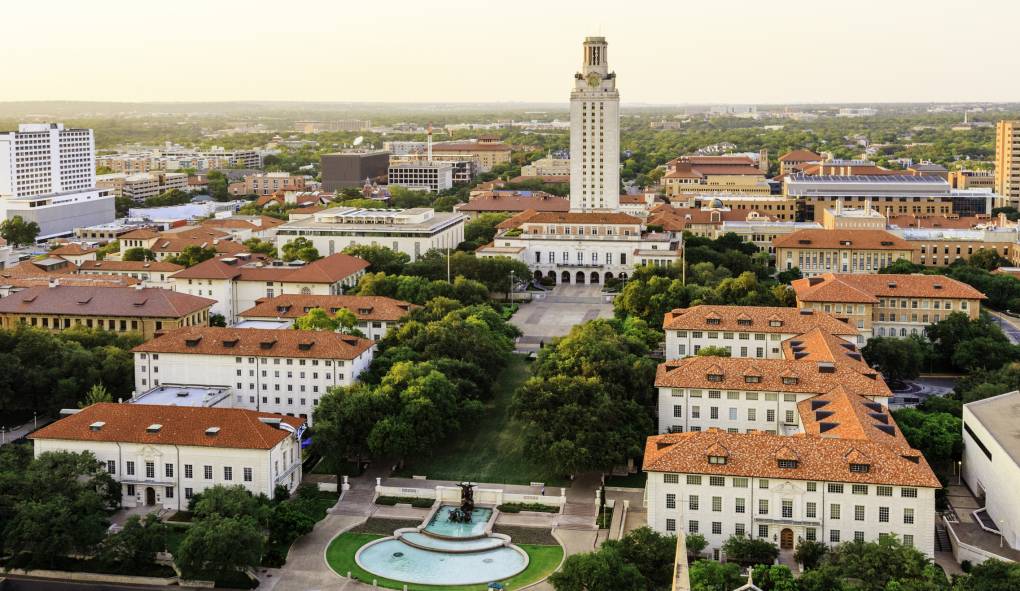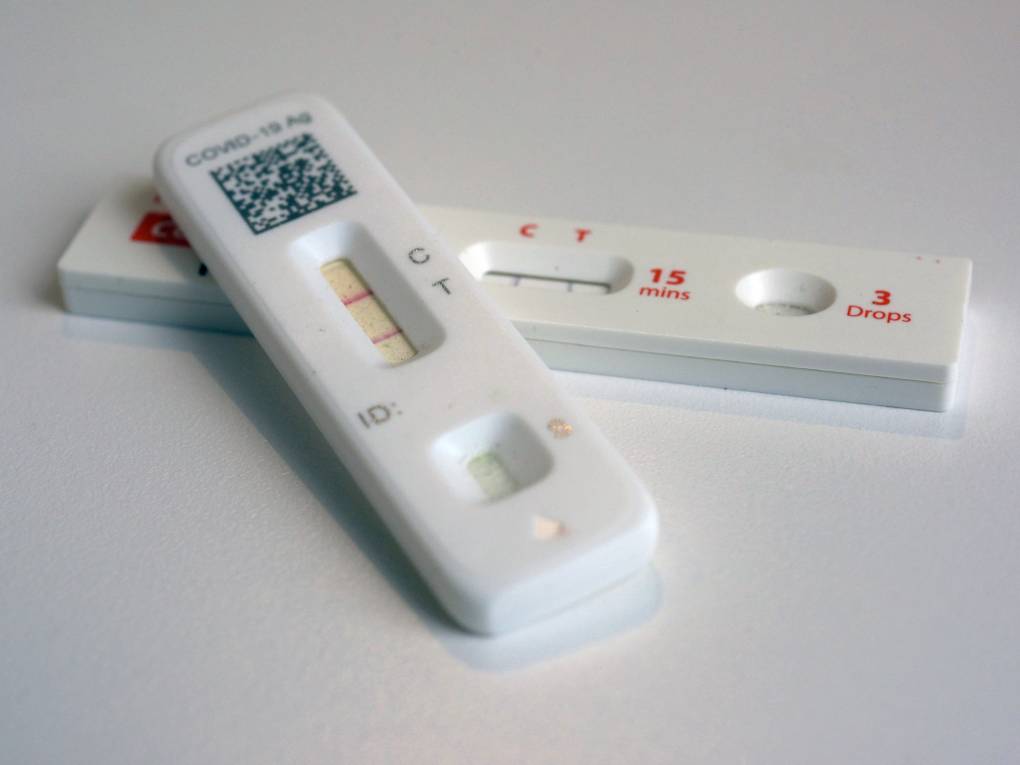“Overall, our results demonstrate that schools do in fact respond to increased loan access by increasing tuition,” the researchers wrote in a draft study, “PLUS or Minus? The Effect of Graduate School Loans on Access, Attainment and Prices.” I read a preliminary draft version of the study, dated February 2023, which was publicly posted online by one of the authors. The authors revised their calculations in April 2023 and I am using their latest figures here.
Tuition certainly would have increased even without federal loans. To disentangle how much of the tuition hikes could be attributed to the availability of easy and cheap student loans after 2006, the economists essentially divided all the universities in Texas, both public institutions such as the University of Texas and private institutions such as Rice University, into two groups. One group included universities that served a higher share of graduate students who were already borrowing as much as they could from the federal government before 2006 (roughly $18,500 a year in Stafford loans). The second group included institutions that primarily served graduate students who were borrowing less. Some graduate programs charged less than $18,500 a year and students generally didn’t need to borrow more. In theory, their students should be unaffected by the ability to take out unlimited loans because they already had room to borrow more.
Before 2006, both groups of universities had hiked tuition at the same pace. But after 2006, there was a schism. There were much larger tuition hikes at the more expensive universities where many students had been at their borrowing limit. These institutions raised their prices more and their students borrowed more to pay these bills. By contrast, there were much smaller tuition hikes at the second group of universities where fewer students had been maxing out their federal loans.
The authors contend that the universities had “captured” some of the additional federal funds for themselves. Students who were already saddled with the most debt had to take on more debt to pay higher bills.
The economists looked to see if there were other benefits from unlimited graduate school loans. Unfortunately, they didn’t find any. The policy didn’t increase the number of students enrolled in graduate programs in Texas universities. It didn’t improve the demographic composition of new graduate student cohorts. There were the same percentages of Black, Hispanic and Native American students after the 2006 policy change as there were before. Gender composition was the same too.
The ability to pay college bills didn’t help more students complete their graduate degrees; graduation rates stayed the same. There was little evidence that students’ earnings in the workplace were any higher after graduate school.
One major caveat is that the researchers analyzed only graduate programs that existed before the policy change to document how they changed afterwards. We don’t know from this study if new graduate programs significantly increased access to graduate school or diversified their student ranks. This study ended with students who entered graduate school in 2009-10; it’s possible that the hoped-for benefits of unlimited lending kicked in afterwards.
The saddest part of this analysis is how the availability of loans saddled students with more debt, and there are hints that this burden was especially borne by Black students. In the study, the authors documented how universities used grant aid to woo prospective graduate students and there are indications that very little of this aid was targeted to Black students. That left many Black graduate students taking out larger loans to pay higher tuition bills than their white, Asian American and Hispanic peers. White and Asian American students effectively had the lowest tuition increases. Hispanic students fell in between.
Well-intentioned policies can backfire. Access to cheaper loans was supposed to create more opportunities for Americans. But this study found that this didn’t happen in practice.
The Texas study looked only at loans to graduate students. The results are very different for undergraduates. In their previous research, the authors of this study found that the increase in undergraduate loan limits had been very helpful to students. They documented significantly higher rates of college graduation and post-college earnings in the workplace. Several studies have found that federal lending has helped community college students. Access to credit can make a positive difference.
But just because a policy works in one area of higher education, undergraduate degrees, doesn’t mean it will work for all areas. Education financing is complicated. As policy makers in Washington debate extending more financial aid for non-degree certifications – short-term programs in a professional field – they would be well-served to read this study and think through whether or not it is likely to be another example of the Bennett Hypothesis.




